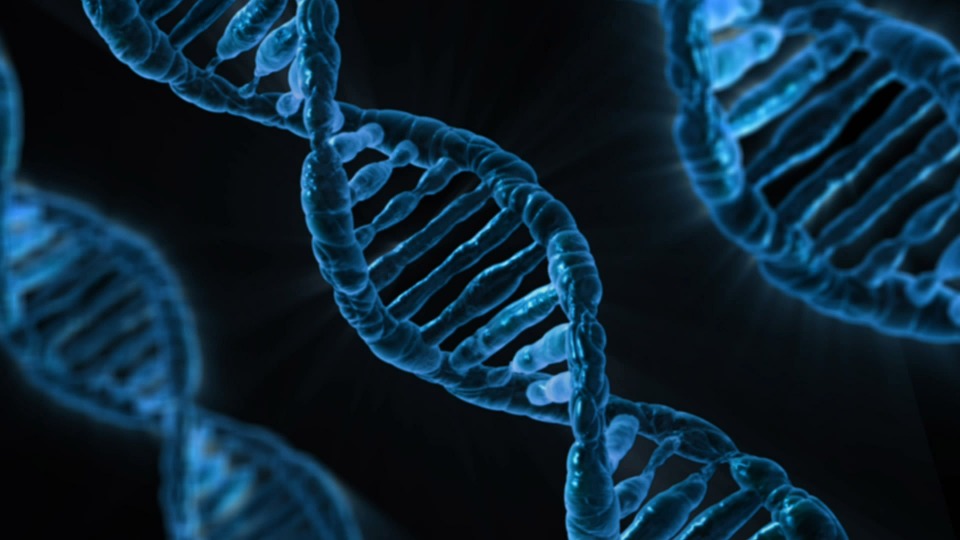Science Current Events: December 2017
 Thursday, January 18, 2018 at 2:45 PM
Thursday, January 18, 2018 at 2:45 PM 
By: Ester Teper
Every month new discoveries in science are made, and with them new questions arise. Biotechnology High School students have learned about numerous instances when this has occurred. Whether it be Developmental Biology, or Biotechnology, or Forensic Science, it doesn’t matter how many answers are found, new questions will always pop up. Science never slows and never stops growing. With that, the month of December has been similar: new discoveries, new questions, new answers.
50 Years of Synthetic DNA
December 28th marked the 50th birthday of synthetic DNA, a technology that has since then become the basis of biotechnology and most likely the future of biology. It started with a copy of 5-7 genes of viral DNA, which had been previously extracted from an organism. This plasmid DNA was copied, and synthetically replicated for future use and engineering. Now, whole genomes can be sequenced and replicated, allowing for scientists to better understand the world around them.
Fungal Infection of Snakes
Snakes in the United States of all species, shapes, sizes, and habitats are being infected by a deadly fungal disease, caused by a fungal pathogen Ophidiomyces ophiodiicola. Specifically, it causes lesions to form on the body of the reptile, prohibiting it from normal movement, and causing a rapid spread of infection. Additionally, the fungus is found in the ground, and the snakes pick it up through food consumption. If this continues to spread, it could cause a complete imbalance in ecosystems and other species populations. This disease is also linked to a deadly chytrid fungus that is killing off entire species of bats and amphibians. Scientists are studying this disease and snakes in their natural habitats to learn more about the causes and how it affects the snakes.
The Sun’s Atmosphere
New analysis of pictures from spacecrafts shows that the sun’s outer corona structure might be equally as structured and complex as the inner corona. This could answer questions about the origin of solar wind and temperatures in the sun. Made of charged plasma, the corona moves in loops and fans based on magnetic fields, and some escapes into the solar system as solar wind. However, it isn’t understood where the plasma gets the energy to move into the farther orbit, or why it has such high temperatures. Until now, it was believes that the outer corona was smooth, and the boundaries between the inner and outer corona weren’t clear. Recently, this boundary was discovered, as well as moving blobs and streams of plasma with a very high density (all on the outer corona). Additionally, they found that the corona becomes solar wind millions of kilometers away from the sun, and a spacecraft will be sent into the area to determine the exact location.
Summary of 2017 in Science
The year of 2017 held numerous scientific discoveries, including various species. Bearded dragon lizards were the first, and using RNA editing scientists were able to make discoveries about how the sex of the lizard is determined. Giant larvaceans were also found, which are a species that go around and collect food, but don’t have a nose. It was an interesting discovery, as their “sneezes” send carbon into the sea. Sea spiders were used to find the use their long legs: digestive tracts, and pumping blood and oxygen throughout the body. Polka dot tree frogs were the first amphibians found to naturally fluoresce, which is a gene that biologists have been synthetically engineering and placing in organisms of decades. Upside down jellyfish were the first brainless animals found to sleep, raising questions about the origins of sleep. African elephants were found to have a need to sleep for about 2 hours a day, which is the shortest sleep requirement recorded for mammals. It was also found that flamingos are more stable on one leg than two, as their center of gravity is near its tucked-in knee. Standing in this position lets these animals save energy and sleep comfortably.
Science has come a long way in 2017, but it has a long way to go until all of the theories are entirely proven and all species are discovered.
Link: https://www.sciencenews.org/
 Site Director | Comments Off |
Site Director | Comments Off | 